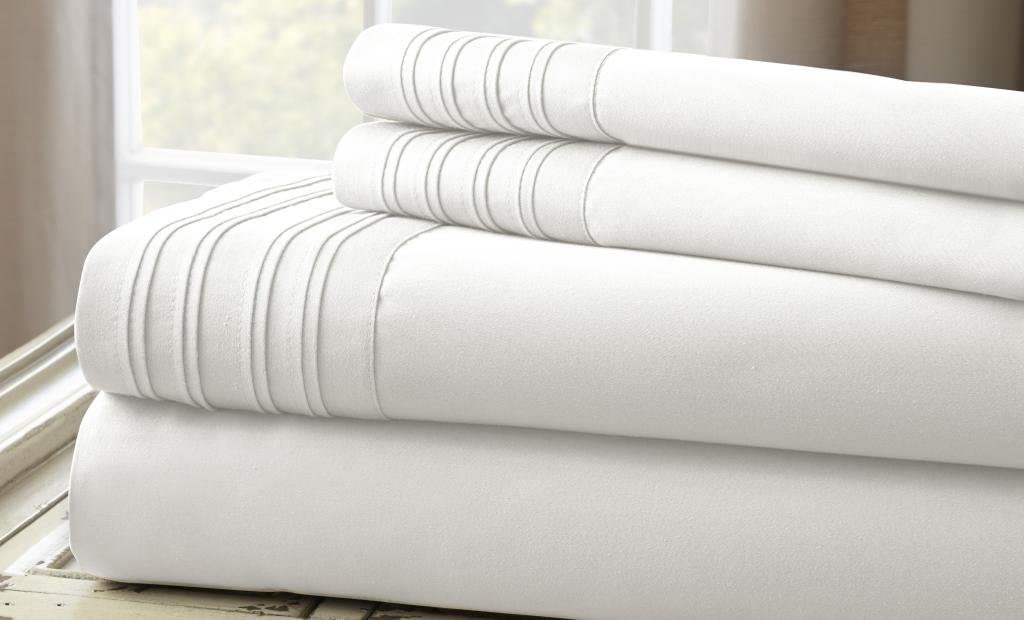Hydrogen peroxide (H202) is the most widely used bleaching agent for industrial bleaching of cotton-based fabrics.Bleaching with H202 is conventionally performed under strong conditions such as high temperature and strong alkaline condition ,which may lead to sever fiber damage as well as heavy burden of sewage treatment.The low-temperature activated bleaching system was conceived by incorporating the bleach activators into H202 bleaching system. H202 can react with bleach activators to form peracids in situ which enables bleaching under more moderate conditions,thus saving energy and reducing emission.In this thesis,TAED was firstly selected as the bleach activator,the effect of pH and hydrogen peroxide concentration on TAED-activated bleaching performance was evaluated.Meanwhile,the most suitable alkaline agent for the TAED-activated bleaching system was chose from three common alkaline agents:odium hydroxide (NaOH), sodium carbonate (Na2C03), sodium bicarbonate (NaHC03) .The research results demonstrated that the TAED-activated bleaching system achieved best bleaching performance at near-neutral pH condition;A large excess amount of hydrogen peroxide used in the activation bleaching had no additive effect on bleaching performance.Sodium bicarbonate (NaHC03) turned out to be the most suitable alkaline agent for TAED-activated bleaching system.

Based on the above research work,the TAED/HZOz/NaHC03 system was established and was optimized for bleaching of cotton using a central composite design (CCD) combined with response surface ethodology (RSM). CCD experimental data were fitted to create a response surface quadratic model (RSQM) describing the degree of whiteness of bleached cotton fabric. Analysis of variance for the RSQM revealed that temperature was the most significant variable followed by [TAED] and time but NaHC03 was an insignificant variable. The analysis results from the RSQM suggested that an effective system could be conducted for bleaching of cotton at 70℃ for 40 min by adding 5.75 g L- TAED together with H202 and NaHC03 at a molar ratio of 1:2.4:2.8. Compared to a commercial method, the TAED/H202/NaHC03 system was slightly inferior for improving the degree of whiteness and water absorbency but comparable for improving the Dye ability of bleached cotton fabric. Especially, the TAED/H2O2/NaHC03 system had competitive advantage over the commercial method in protecting cotton fiber from severe chemical damage in bleaching.
Three typical activated bleaching systems were systematically studied,which were based on Tetraacetyle- thylenediamine (TAED), sodium nonanoyloxybenzenesulphonat NOBS and N-[4- triethylammoniomethyl) benzoyl lactam chloride (TBCC) respectively.The results showed that the activated bleaching system based on TAED and TBCC both exhibit their best bleaching performance at low-temperature, near-neutral pH with stoichiometric amount of activators and hydrogen peroxide.In the case of NOBS-activated bleaching system,the optimal whiteness index was got under alkaline condition with excess amount of hydrogen peroxide.The base-catalyzed bio-molecule decomposition of peracids took place in the three bleaching systems.The bleaching performance may be impaired by the side reaction caused by the H202 nucleophilic-attack on theperacids.Besides,in the NOBS-activated,the excess NOBS may react with PNA to form DAP,thus weakening the bleaching performance.
After figuring out the activated-bleaching systems’ mechanism ,TBCC was selected for further investigation.TBCC、H}O2. NaHC03 with a molar ratio of 1:1.2:1.4 were incorporated to conduct low-temperature bleaching.The bleaching performance of TBCC/H}O}/NaHC03 system was evaluated in terms of whiteness index、water absorbency and degree of polymerization. Experimental results indicated that the TBCC/HZO}/NaHC03 system was capable of effectively improving the degree of whiteness and water absorbency of cotton fabric by removing the natural pigments and hydrophobic matters and resulted in only slight chemical damage to cotton fibers. The trichromatic dyeing results showed that the pretreated cotton fabric had a good dyeability, and the dyed cotton fabric exhibited satisfactory colorfastness to crocking,light and laundering.

